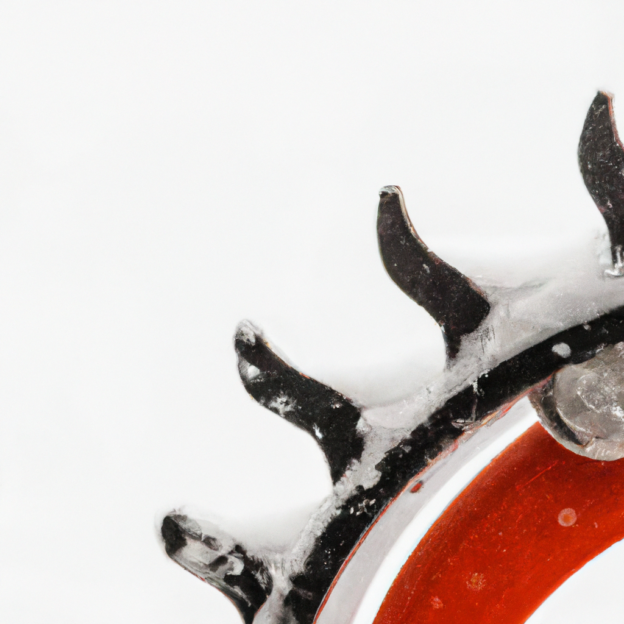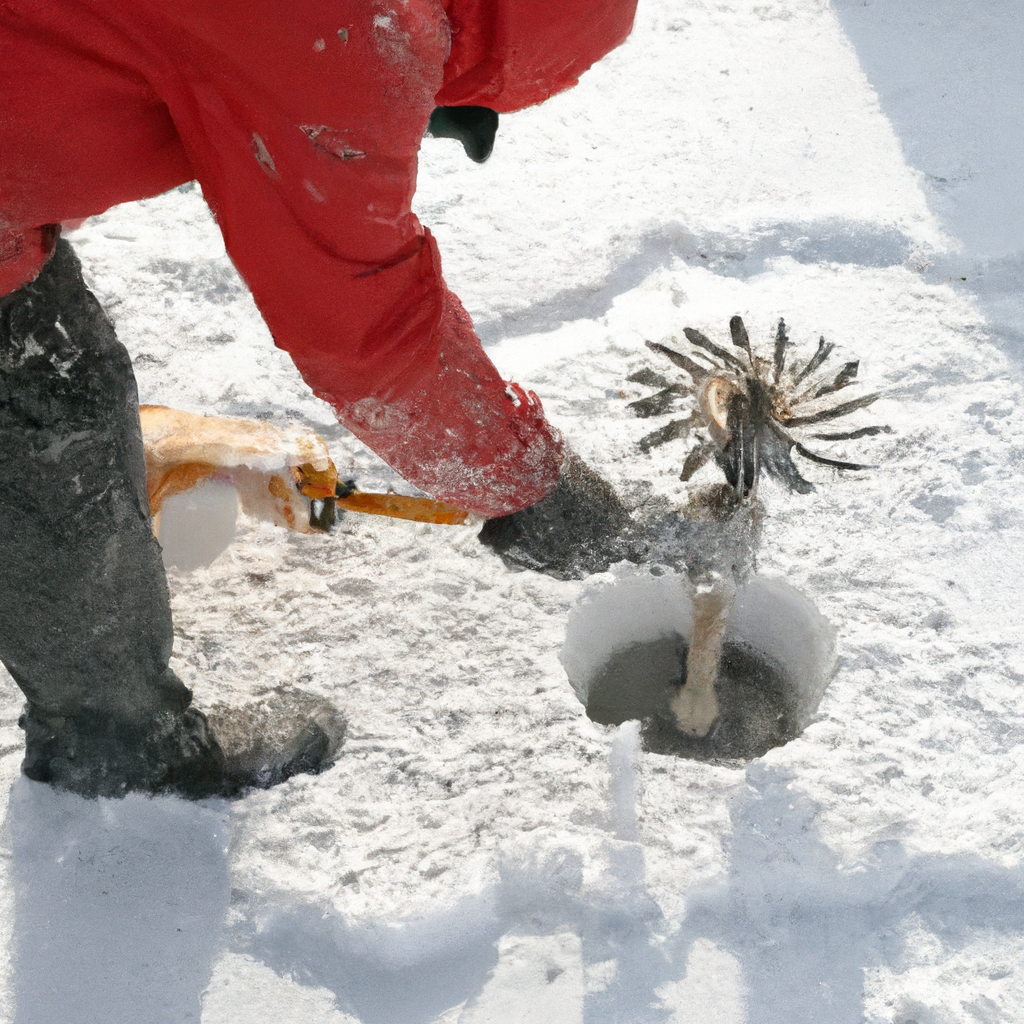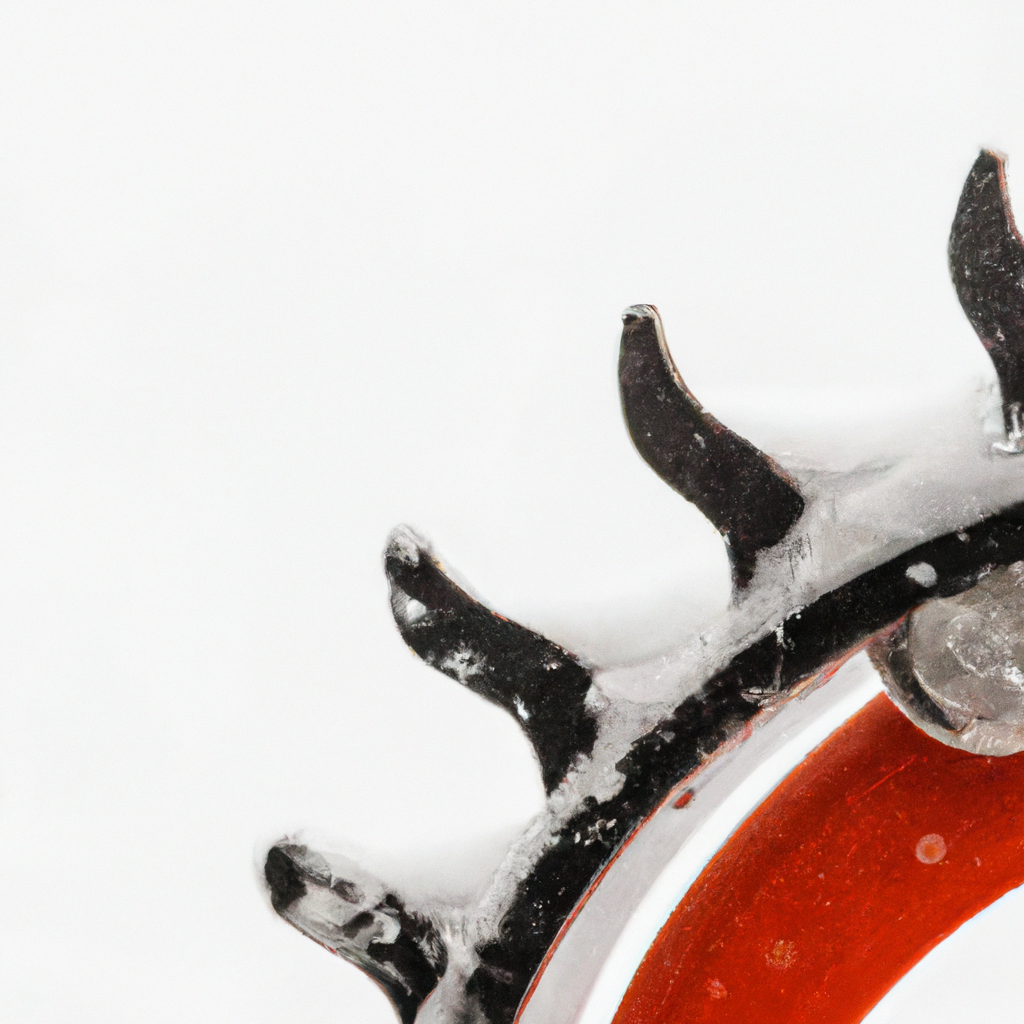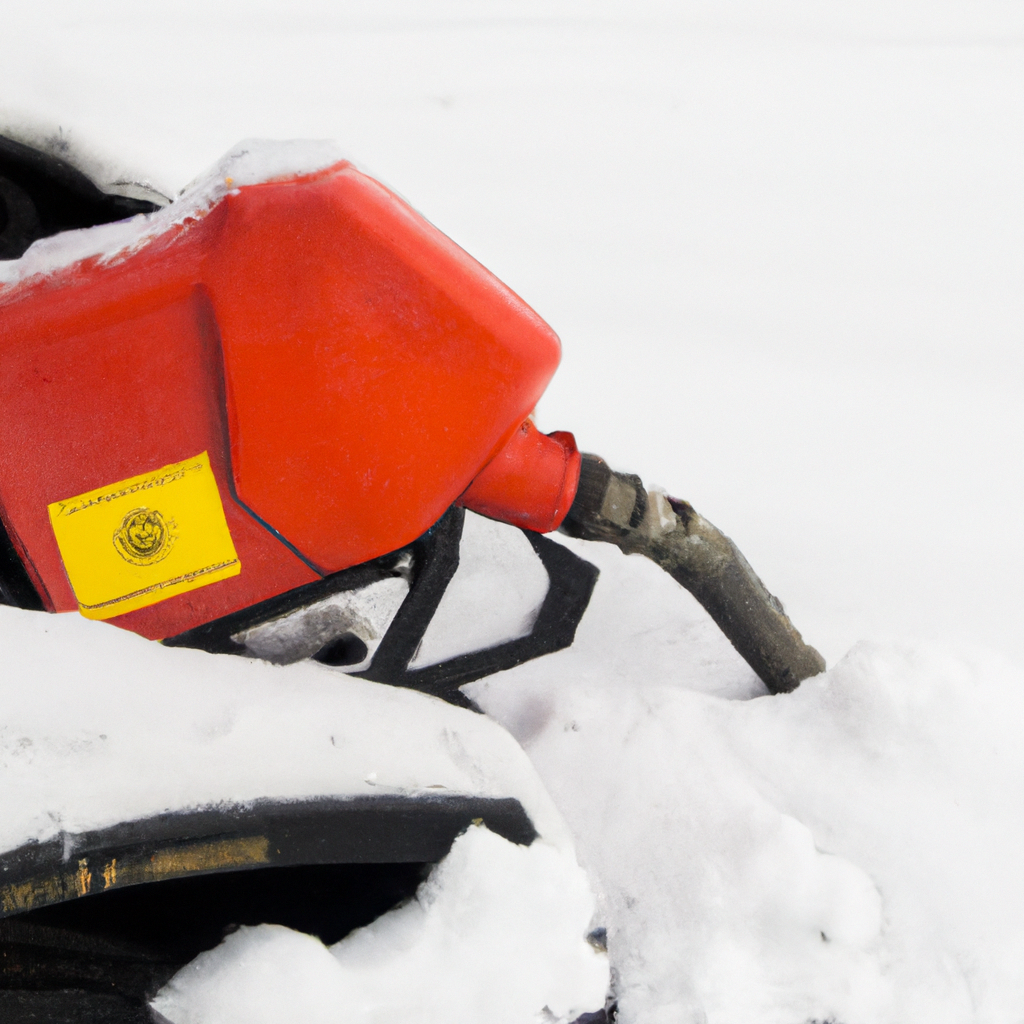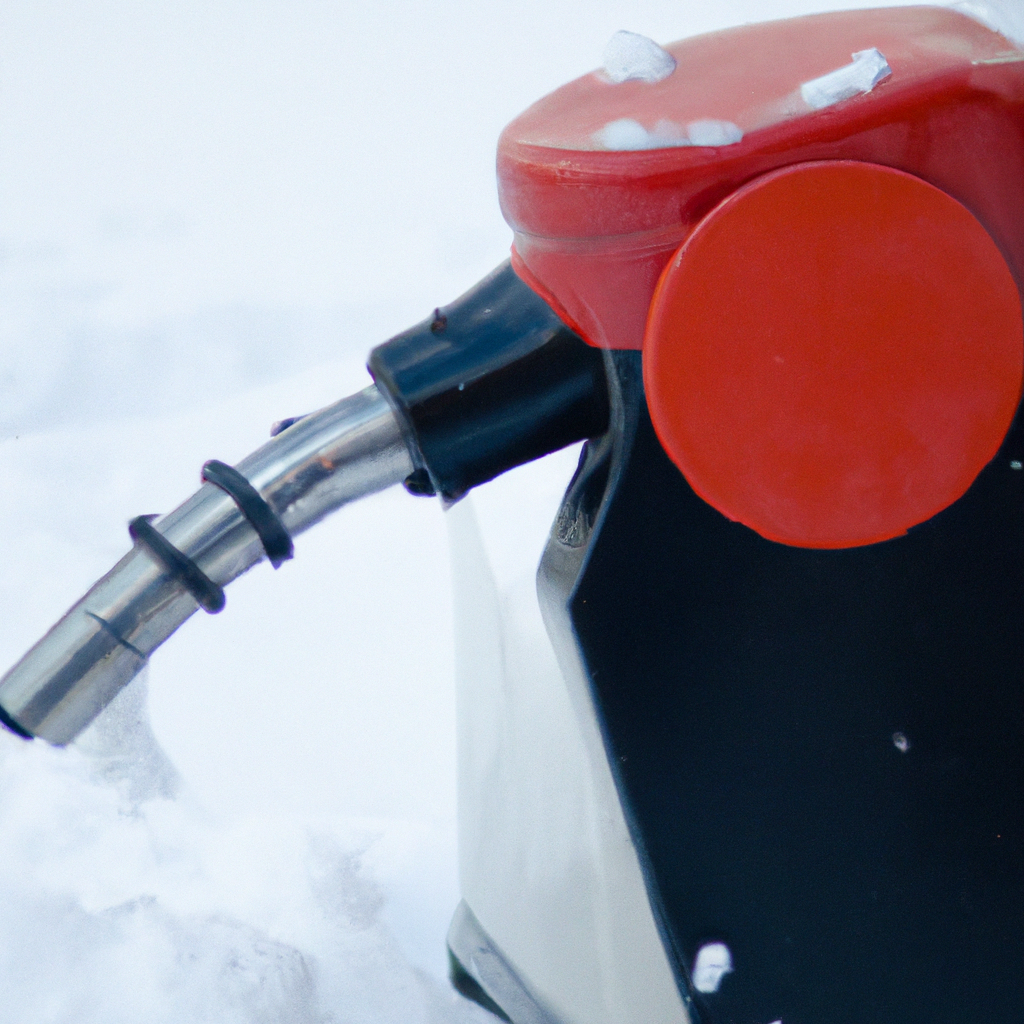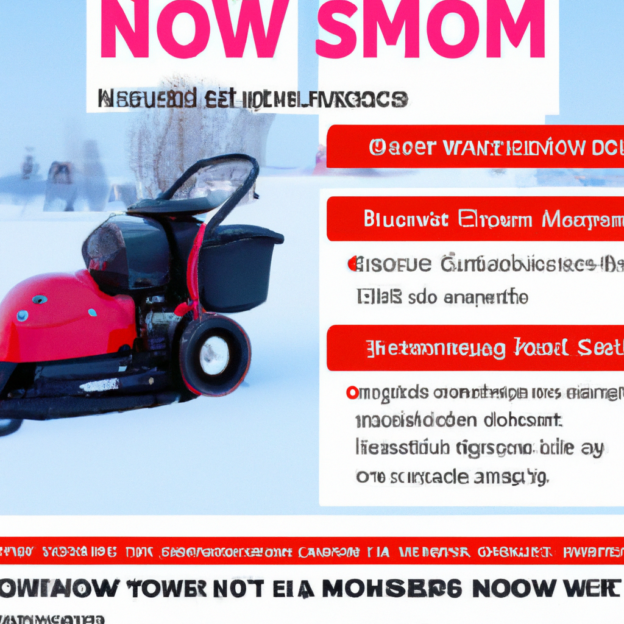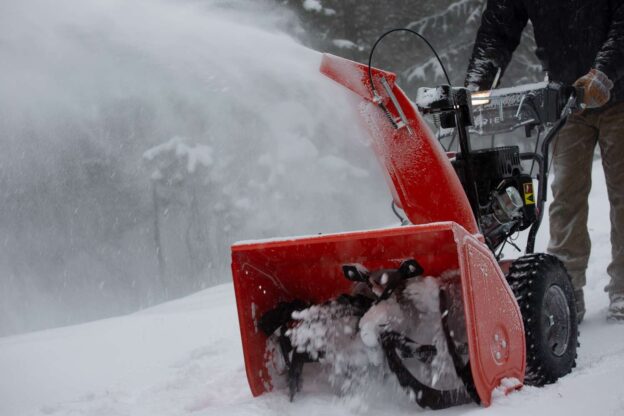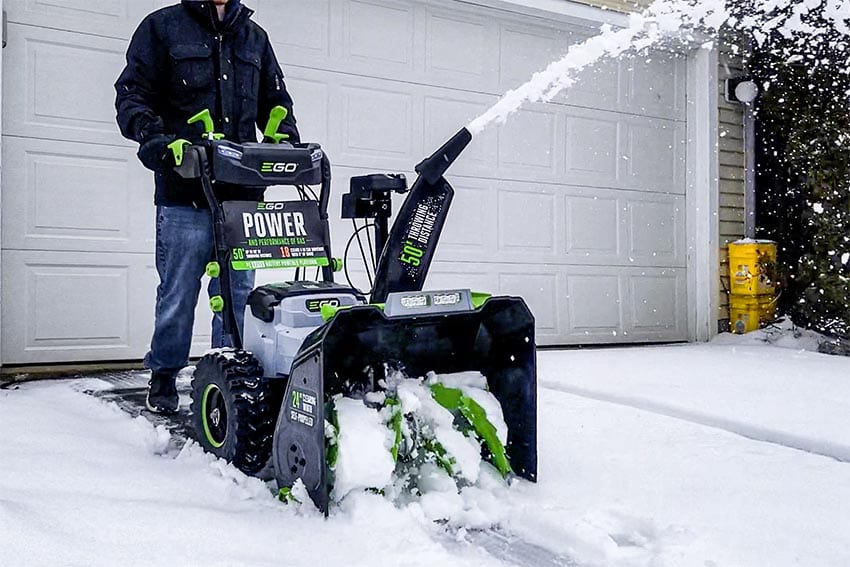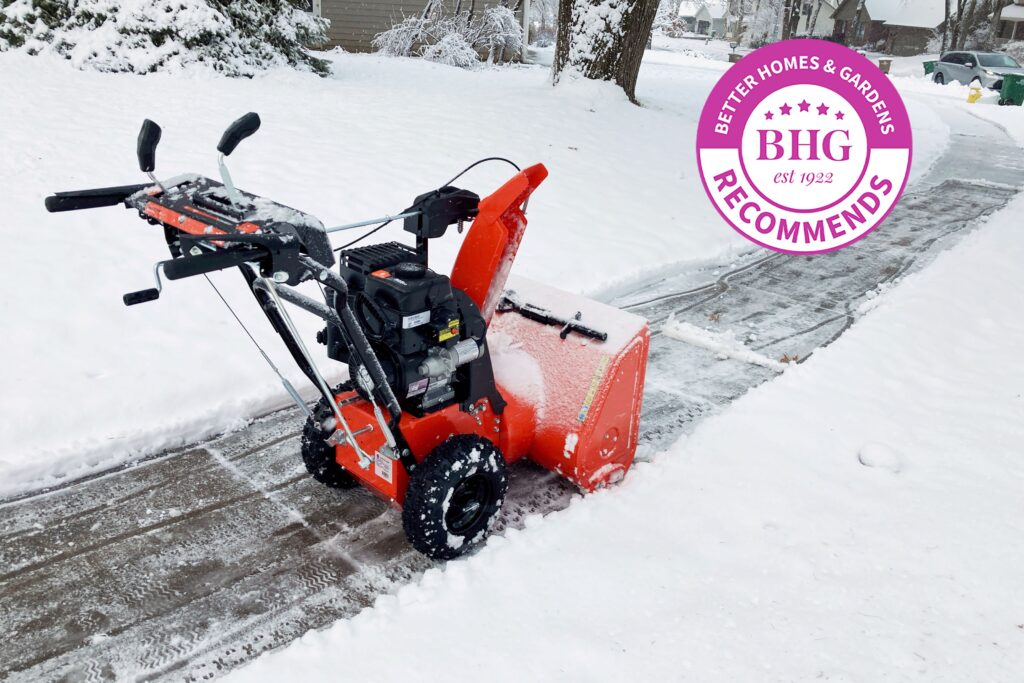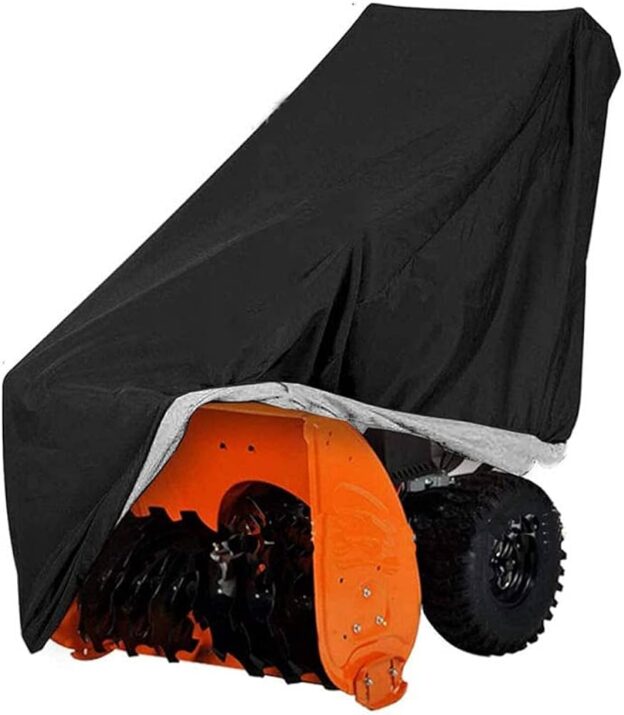So, you’ve got a snowblower and you’re ready to tackle that winter wonderland outside. But there’s just one problem – the snow isn’t evenly distributing out of the chute. You’ve tried adjusting the direction of the chute, but it’s still not quite right. Well, fear not! In this article, we’ll be guiding you through the process of adjusting the deflector on your snowblower’s chute, so you can ensure that the snow is blowing exactly where you want it to go. No more random snow showers or uneven piles – just a beautifully cleared driveway and a sense of triumph over winter’s wrath. Let’s get started, shall we?

Why Adjusting the Deflector is Important
Adjusting the deflector on your snowblower’s chute is a crucial step in optimizing its performance and ensuring efficient snow discharge. By making the necessary adjustments, you can prevent clogging and buildup in your machine, which can ultimately lead to a smoother snow clearing experience. In this article, we will discuss the importance of adjusting the deflector, provide a step-by-step guide on how to do it, offer maintenance tips, and troubleshoot common issues.
Improves Snowblower Performance
One of the primary reasons why adjusting the deflector is important is that it significantly improves your snowblower’s performance. When the deflector is correctly positioned, it allows you to control the distance and direction of the snow discharge. By adjusting the deflector to the appropriate height, you can ensure that the snow is thrown a sufficient distance away from your path, allowing for efficient and thorough snow removal.
Prevents Clogging and Build-up
Another crucial reason for adjusting the deflector is to prevent clogging and build-up in your snowblower’s chute. When the deflector is set too low, it can lead to snow accumulating in the chute and causing blockages. This can result in reduced performance and potentially damage your machine. By adjusting the deflector to the optimal height, you can help prevent these clogs from occurring and maintain the efficiency of your snowblower.
Ensures Efficient Snow Discharge
Adjusting the deflector on your snowblower also ensures efficient snow discharge. When the deflector is properly positioned, it allows for the snow to be thrown in the desired direction, away from your cleared path. This enables you to clear your driveway or walkway more effectively and ensures that the snow is being discharged where you want it to go. Without proper deflector adjustment, the snow may not be discharged efficiently, making your snowblowing task more challenging and time-consuming.
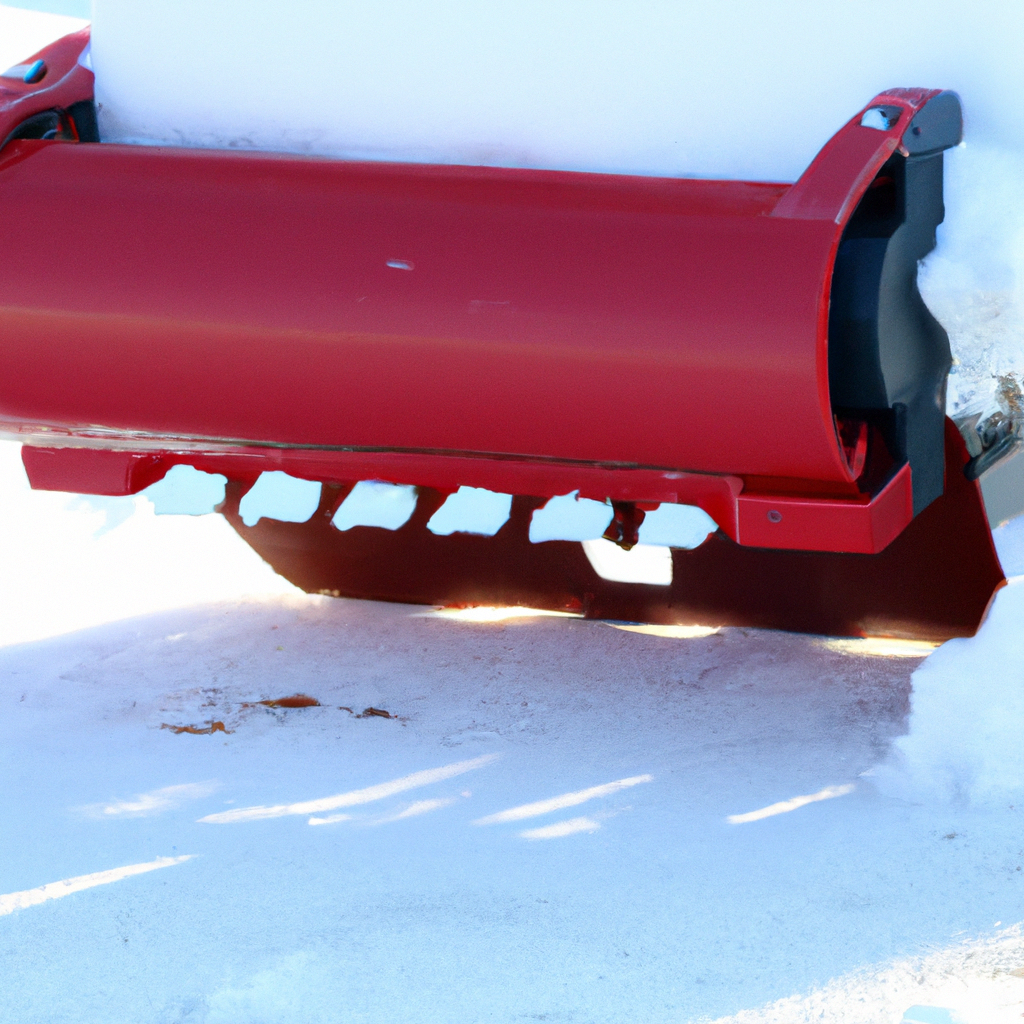
Step-by-Step Guide to Adjust the Deflector
Now that you understand why adjusting the deflector is important, let’s walk through a step-by-step guide on how to adjust it properly:
1. Safety Precautions
Before starting any maintenance or adjustment on your snowblower, it is essential to take proper safety precautions. Make sure the machine is turned off and remove the spark plug wire to prevent accidental startup. Wear gloves to protect your hands, and if possible, work in a well-lit area.
2. Gather the Necessary Tools
To adjust the deflector, you may need tools such as a wrench, screwdriver, or socket set, depending on the specific model of your snowblower. Refer to your owner’s manual to determine the necessary tools required for your particular machine.
3. Locate the Deflector Adjustment Mechanism
Find the deflector adjustment mechanism on your snowblower. This is typically located on the chute near the top, where the snow is discharged. The mechanism may be a lever, a knob, or a locking mechanism, depending on the design of your snowblower.
4. Loosen the Deflector’s Locking Mechanism
Use the appropriate tool to loosen the deflector’s locking mechanism. This will allow you to make adjustments to the deflector height.
5. Adjust the Deflector Height
Once the locking mechanism is loosened, adjust the deflector height by moving it up or down. Refer to your owner’s manual for specific instructions on how to adjust the deflector on your snowblower model. It is essential to find the optimal height that allows for efficient snow discharge without causing blockages.
6. Tighten the Deflector’s Locking Mechanism
After adjusting the deflector to the desired height, securely tighten the locking mechanism. Ensure that the deflector is firmly locked in place to prevent any unintentional movement during operation.
7. Test the New Deflector Position
Finally, start your snowblower and test the new deflector position. Pay close attention to the snow discharge pattern and distance. If necessary, repeat the adjustment process until you achieve the desired results.
Maintenance Tips for the Deflector
To ensure the longevity and optimal performance of your snowblower’s deflector, follow these maintenance tips:
Cleaning and Lubricating the Mechanism
Regularly clean the deflector adjustment mechanism to remove any debris or snow buildup. Use a brush or a cloth to remove dirt and lubricate any moving parts with a suitable lubricant, as recommended by the manufacturer. This will help maintain smooth operation and prevent the mechanism from seizing.
Inspecting for Damage or Wear
Periodically inspect the deflector for any signs of damage or wear. Look for cracks, bends, or loose parts that may affect its functionality. If you notice any issues, it is important to address them promptly by repairing or replacing the deflector.
Replacing the Deflector if Necessary
If the deflector on your snowblower becomes severely damaged or worn beyond repair, it is crucial to replace it. Refer to your owner’s manual or contact the manufacturer for guidance on obtaining a suitable replacement deflector for your specific snowblower model.
Common Issues and Troubleshooting
Although adjusting the deflector should help prevent most issues, here are a few common problems you may encounter and some troubleshooting tips:
Deflector Not Moving Smoothly
If you experience difficulty in adjusting the deflector or notice that it does not move smoothly, it may be due to dirt, debris, or rust. Clean the adjustment mechanism thoroughly and lubricate it as necessary. If the problem persists, there may be an issue with the mechanism itself, and it may require repair or replacement.
Deflector Stuck in One Position
If the deflector is stuck in one position and cannot be adjusted, check for any obstructions or damage to the locking mechanism. Remove any debris or clear any blockages that may be preventing the deflector from moving. If the issue persists, consult the owner’s manual or seek professional assistance.
Deflector Does Not Stay in Place
If the deflector keeps moving or does not stay in the adjusted position during operation, the locking mechanism may not be securely tightened. Double-check that the locking mechanism is tightened correctly and ensure that it is adjusted to the desired position. If the problem persists, consider replacing the locking mechanism or seeking professional help.
Conclusion
Adjusting the deflector on your snowblower’s chute is a vital part of maintaining optimal performance and ensuring efficient snow discharge. By following the step-by-step guide and implementing regular maintenance tips, you can enjoy a smoother snowblowing experience and prevent issues such as clogging or poor snow discharge. Remember to prioritize safety, consult your owner’s manual, and seek professional assistance when needed. With proper deflector adjustments and maintenance, your snowblower will be ready to conquer winter’s snowfall with ease. Stay safe and happy snowblowing!







